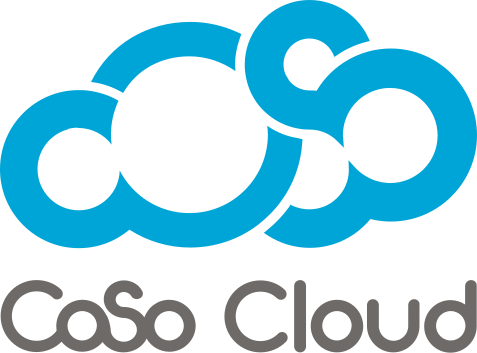
7 Tips for Helping Expand Use of Virtual Training Within Your Organization
July 28, 2017
Contributions by Marc Sason
As a training leader, you’ve invested a substantial amount of money, time and internal resources to provide ongoing training for your employees. You want this training and development to make a difference in performance, job satisfaction to keep employees excited and feeling like they’re getting the skills and information they need and growing in their roles, in addition to ensuring they’re up to speed on the latest processes and procedures.
When it comes virtual classroom and training program, it’s easy to resort to the old usuals like PowerPoint and pre-standardized curriculum. (This is particularly common for compliance and security training!) However, when you do this, it’s really easy for employees to be distracted and not absorb the information. With just a little bit of extra effort, you can ensure employees don’t tune out or quickly forget the material as well as expand adoption deeper into your organization.
Here are our top 7 tips, based on our customers’ successful training initiatives:
-
- WIIFM? As in, “What’s in it for me?” Right off the bat, the relevance and benefits of the training need to be explained and understood by all potential attendees. Why should any employee take time out of their already-busy work schedule (or lunch break, or free time with their family and friends) to undergo this training? Will it be beneficial for their current position? Help provide new skills that would give them an advantage when it comes time to promote from within? Frame the training on how it benefits the employee, and you’ll have a captive audience.
- Start at the top: Managers and upper management MUST be on-board with the training, as well. They must clearly see how the training will be effective for both employees and the business, and they need to advocate and support it internally. Employees can sense when their training is brushed aside by managers as non-effective, pointless, and optional. Make sure that management understands its importance, and have them communicate that personally to their teams.
- Timing is Everything: When and how you conduct the training is imperative to its effectiveness. Would you conduct the session before work, during work, lunch breaks, or provide pre-recorded, on-demand training, you must consider the implications for your chosen time frame. For example, if you are training your call center users during business hours, is there enough phone/email coverage so your customer communications don’t go unanswered during the training session? Choose a time/location that is convenient for both your employees and your business needs.
- Good news travels fast: It seems that everyone these days is going online now to read reviews before they patronize a restaurant (Yelp), a company (Glassdoor), or where they travel (TripAdvisor). Your best (and easiest) marketing to drive adoption is your current employees. If they find the training useful and engaging, they will no doubt tell all of their work friends and colleagues about it, and it spreads like wildfire. Always be sure to ask for feedback at the end of each session from your attendees, and consider highlighting one or two positive comments in an employee newsletter or company all-hands Meeting.
- . . .But bad news travels even faster: As stated in #3, you MUST have a formal feedback process to collect feedback after each training session. What did the attendees find particularly compelling or relevant? (Do those things more often). And find out what they would improve/modify in future training sessions (the time, the length, the content, the speaker), and take those suggestions to heart. Studies show that people are MORE likely to tell their friends about their bad experiences than their good ones, so make sure that your attendees are satisfied, and advocating for your training across the organization!
- Make it fun! Even the most serious content delivery can benefit from being more interactive and fun. Try to incorporate familiar tools like YouTube, chat pods, and Instagram. Increase engagement with polling and test tools. Encourage even further participant engagement through gamification! EduGame Cloud is a great program that takes gamification to the next level within Adobe Connect, giving the host a larger range of tools to bring participants into the mix, including games, crossword puzzles, assessments, quizzes, tests, surveys, location maps, discussion groups and more. This is not only a great way to drive adoption, but it also builds better engagement and retention from participants.
- Understand and Monitor Usage: Better understand your rate of adoption and utilization by evaluating key metrics through tools like CoSo Insights. With CSI you can gain insight into the current and historical state of your organization’s Adobe Connect usage through dashboards and reports. Monitor things like:
- Real-time Concurrent Users
- Concurrent Meetings
- On Demand Content Utilization
- Concurrent User Peaks Per 10 Min and Moving Average
- Server View with Maintenance Periods and Downtime
-
- active and recent meetings
- meeting attendance
- content usage
- monthly metrics reports
View real time and historical reports with valuable data such as:
The data can be viewed in the UI or downloaded to CSV for external sharing. If you don’t already, contact your Customer Success Manager for access, user guide, and tips for getting the most out of it.
Read all the articles in the series!
Tip #1: WIIFM
Tip #2: Start at the Top
Tip #3: Timing is Everything
Tip #4: Good News Travels Fast
Tip #5: Bad News Travels Even Faster
Tip #6: Making It Fun
Tip #7: Understand and Monitor Usage











